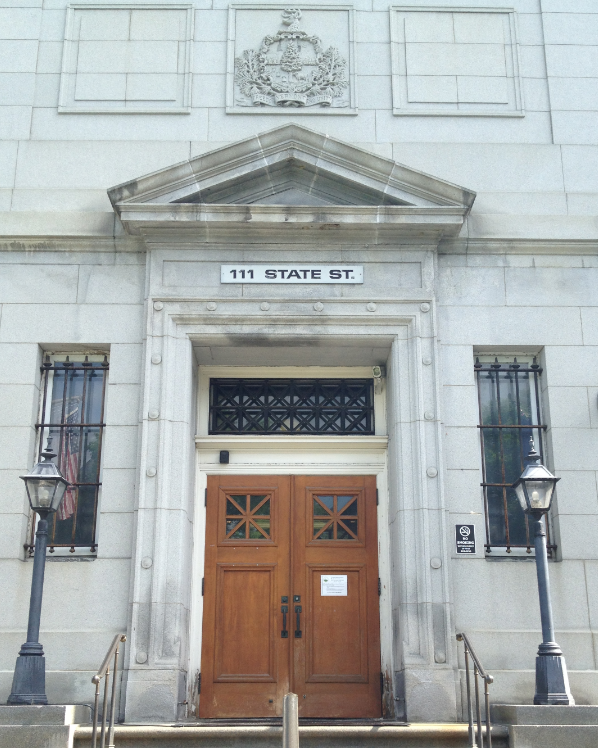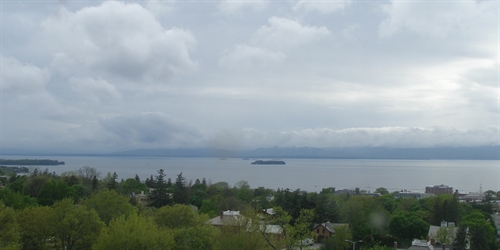Myrick v. Peck Electric Company, 2017 VT 4 (filed January 13, 2017)
EATON, J. For 120 years, Vermont has recognized that the unsightliness of a thing, without more, does not render it a nuisance under the law. See Woodstock Burying Ground Ass'n v. Hager, 68 Vt. 488, 35 A. 431 (1896). These consolidated cases require us to revisit whether Vermont law recognizes a cause of action for private nuisance based solely on aesthetic considerations. Appellants, a group of landowners from New Haven, appeal from the trial court's grant of summary judgment to defendants, two solar energy companies. The landowners filed suit after their neighbors leased property to the solar companies for the purpose of constructing commercial solar arrays. According to the landowners, the solar arrays constitute a private nuisance because they have negatively affected the surrounding area's rural aesthetic, causing properties in their vicinity to lose value. The trial court consolidated the cases and, noting that this Court's precedent in Hager bars nuisance actions based purely on aesthetics, granted summary judgment to the solar companies. We uphold Vermont's long-standing rule barring private nuisance actions based upon aesthetic disapproval alone. Accordingly, we affirm.
In Vermont, a private nuisance is defined as an "interference with the use and enjoyment of another's property" that is both "unreasonable and substantial." An unattractive sight—without more—is not a substantial interference as a matter of law because the mere appearance of the property of another does not affect a citizen's ability to use and enjoy his or her neighboring land. A substantial interference requires some showing that a plaintiff has suffered harm to "the actual present use of land" or to "interests in having the present use of the land unimpaired by changes in its physical condition."
There is a difference between, on the one hand, a complaint that solar panels are casting reflections and thereby interfering with a neighbor's ability to sleep or watch television and, on the other hand, the landowners' complaint in this case—that the solar panels are unattractive. The former involves a potential interference with the use or enjoyment of property, while the latter does not.
Additionally, a complaint based solely on aesthetic disapproval cannot be measured using the unreasonableness standard that underpins nuisance law. This is because unlike traditional bases for nuisance claims—noise, light, vibration, odor—which can be quantified, the propriety of one neighbor's aesthetic preferences cannot be quantified because those preferences are inherently subjective. The judicial branch is ill-suited to be an arbiter of style or taste, and given the subjectivity of aesthetic preferences, they must remain the province of legislative decision-making in the form of zoning laws and, in specific instances, restrictive covenants that the courts are competent to interpret and apply.
Vermont's rule barring nuisance claims based solely on aesthetics is aligned with the majority rule in this country. We do not accept the landowners' argument that "[g]iven the importance of scenic resources in today's economy, and the development of our jurisprudence, Hager is no longer good law."
We reaffirm the rule from Hager that private nuisance law in Vermont does not encompass a cause of action for aesthetic harm alone.
Wednesday, July 26, 2017
Subscribe to:
Posts (Atom)

